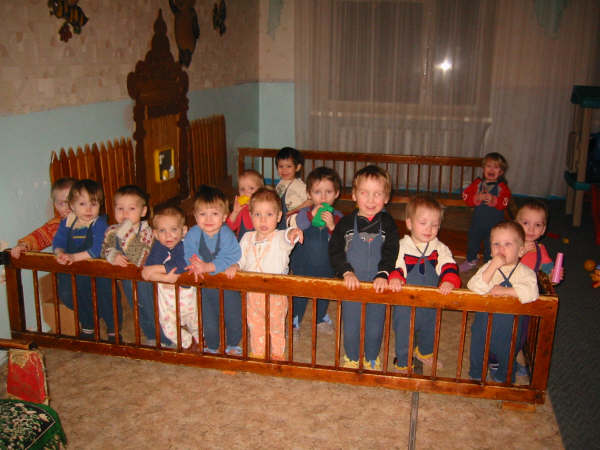People view that a family has this common image of being consisted of a heterosexual couple bearing biological children. This is especially true in Western culture. Alternative forms of a family, due to this traditional view, are being placed outside the norm. As a result, as shown by researches, disparaging perception of adoptive families does indeed exist and this is also accompanied by doubts about the familiar bonds in those alternative forms of family. In the most recent survey conducted to gauge attitude toward adoption, by the Evan Donaldson Institute, shows further proof for this stigma in society.
Almost one-third of the population being surveyed thought that adoptees are naturally inclined toward alcohol and substance abuse, more prone to medical issues, and are not well-adjusted. In addition, 40-45% of the surveyed population believed that adoptees tend to have problems with their behavior and cause problems at school. Most people obtained information about adoption from the news media, family, and friends. The media, however, is claimed to be the one source that influences how people perceive adoption. Nevertheless, media coverage on adoption is still criticized. Some blogs on adoption were criticized for their use of outdated imagery of orphanage.

If the children being adopted came from a foster care, the stigmas associated with adoption would get amplified significantly. The negative perceptions seem to have stemmed from the belief that a child should be troubled so much so that they are impossible to adopt and be given a normal family, hence their being placed in a foster care. This case is supported by the Pew Commission of Children in Foster Care reporting in 2004 that since the 1980s, the number of children in foster care waiting for adoption has been doubled. The number is now steady at almost half a million per year.
